Australia is such a beautiful place to see and explore; however, it also has intimidating creatures. Not only are the animals here something you must worry about, but the plants and trees as well! As a child, I always explored my backyard to see which flowers I could taste or make a bouquet for my mom. After creating this article, I am incredibly happy I did not come in contact with any dangerous plants. So before stopping to smell the flowers in Australia, take a look at which ones you should stay away from.
1. Deadly Nightshade
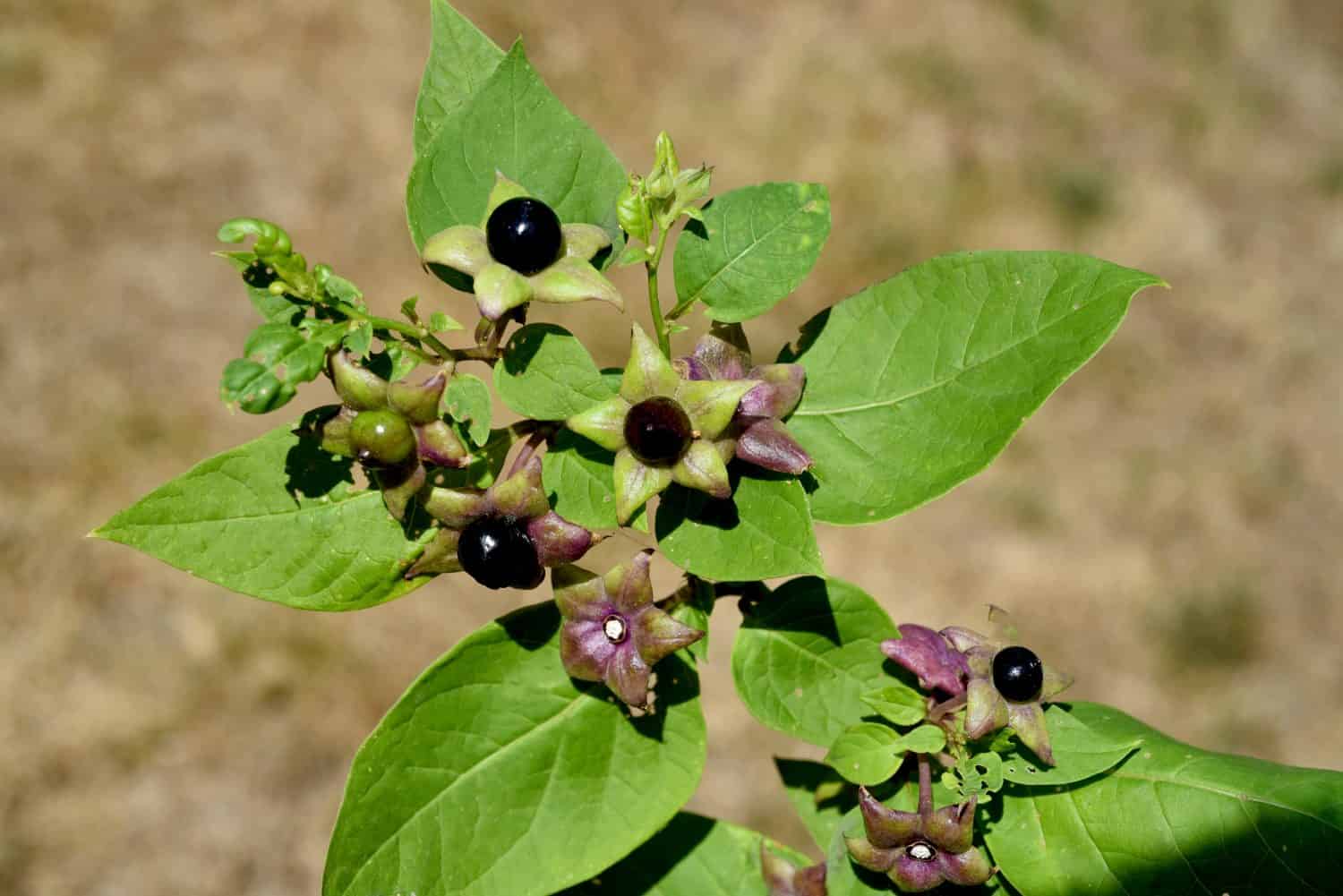
The Deadly Nightshade plant can reach up to 1 foot tall.
©Manfred Ruckszio/Shutterstock.com
The Deadly Nightshade is a perennial plant with long, thin branches. This plant lives in scrub and woodland areas of Australia. Deadly Nightshade is believed to be used by the original Macbeth to poison Duncan’s troops. Rabbits, cows, and some birds consume the berries of this dangerous plant. Deadly Nightshade can cause blurred vision, rash, headaches, convulsions, hallucinations, and death. Although this plant has many reasons it should be avoided, it is useful for medical reasons, such as easing stomach problems and dilating the pupils in eye surgeries.
2. Castrol Oil Plant
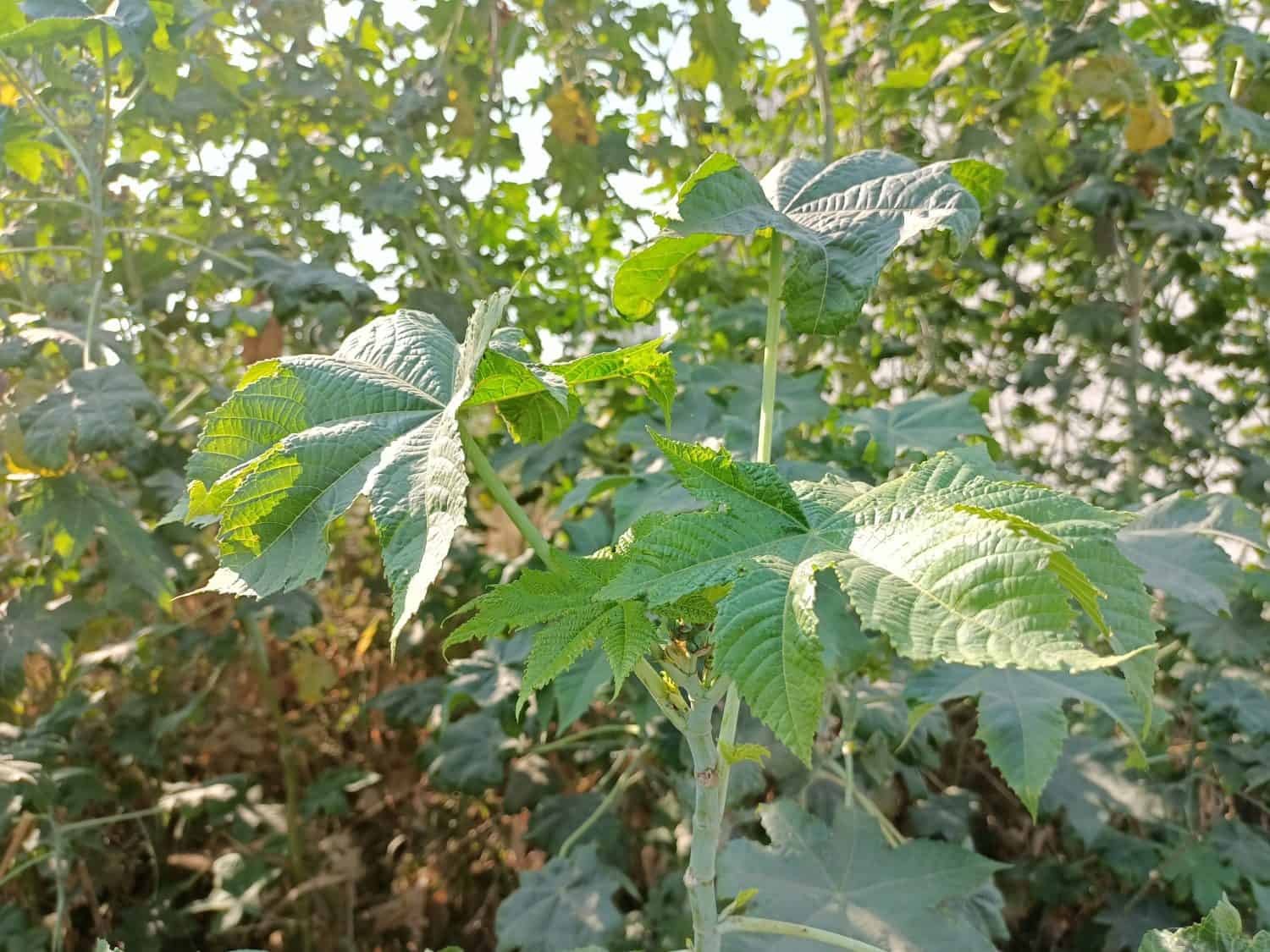
The Castrol Oil plant lives along water coasts, flood plains, and old fields.
©FAIZAL WAY/Shutterstock.com
The Castrol Oil plant is a perennial shrub growing to heights of 19 feet. Castrol Oil plants originate from West Africa and can grow up to 20 feet tall. The toxin this plant carries is called Ricin. This plant can cause temporary blindness if the sap of the plant gets into the eye. Mild to severe dermatitis can occur from touching Castrol Oil plants. If the plant is eaten, it can cause a burning in the throat. Other symptoms include diarrhea, belly pain, and bleeding from the eyes.
3. Coral Tree
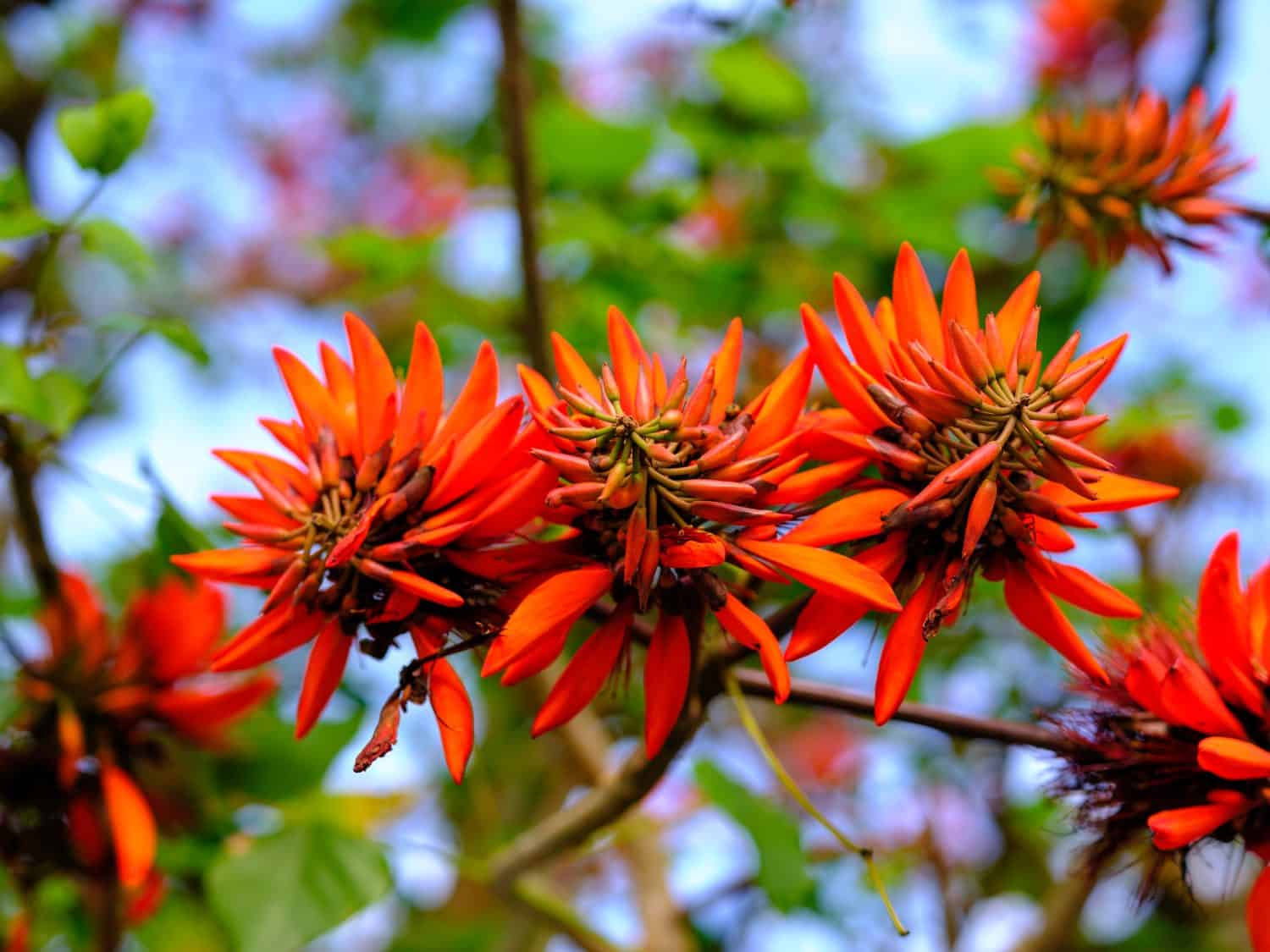
Coral trees can grow up to 30 feet tall and produce bright red flowers.
©makieni/Shutterstock.com
The Coral tree appears beautiful to touch; however, its bark, leaves, and seeds are poisonous. The Coral tree can cause shortness of breath, weakness, and lightheadedness.
4. Rhus Tree

The sap of the Rhus tree can cause more severe reactions.
©IhorStore/Shutterstock.com
The Rhus tree is a small deciduous tree native to China and Japan. These trees can grow up to 16 feet tall and produce brightly colored fall foliage leaves. Contact with this tree can cause severe dermatitis. Symptoms can occur from 12 hours to seven days. Dermatitis symptoms such as blistering, itching, and redness can last seven to ten days. Visit a doctor if symptoms continue to worsen.
5. Black Bean Tree
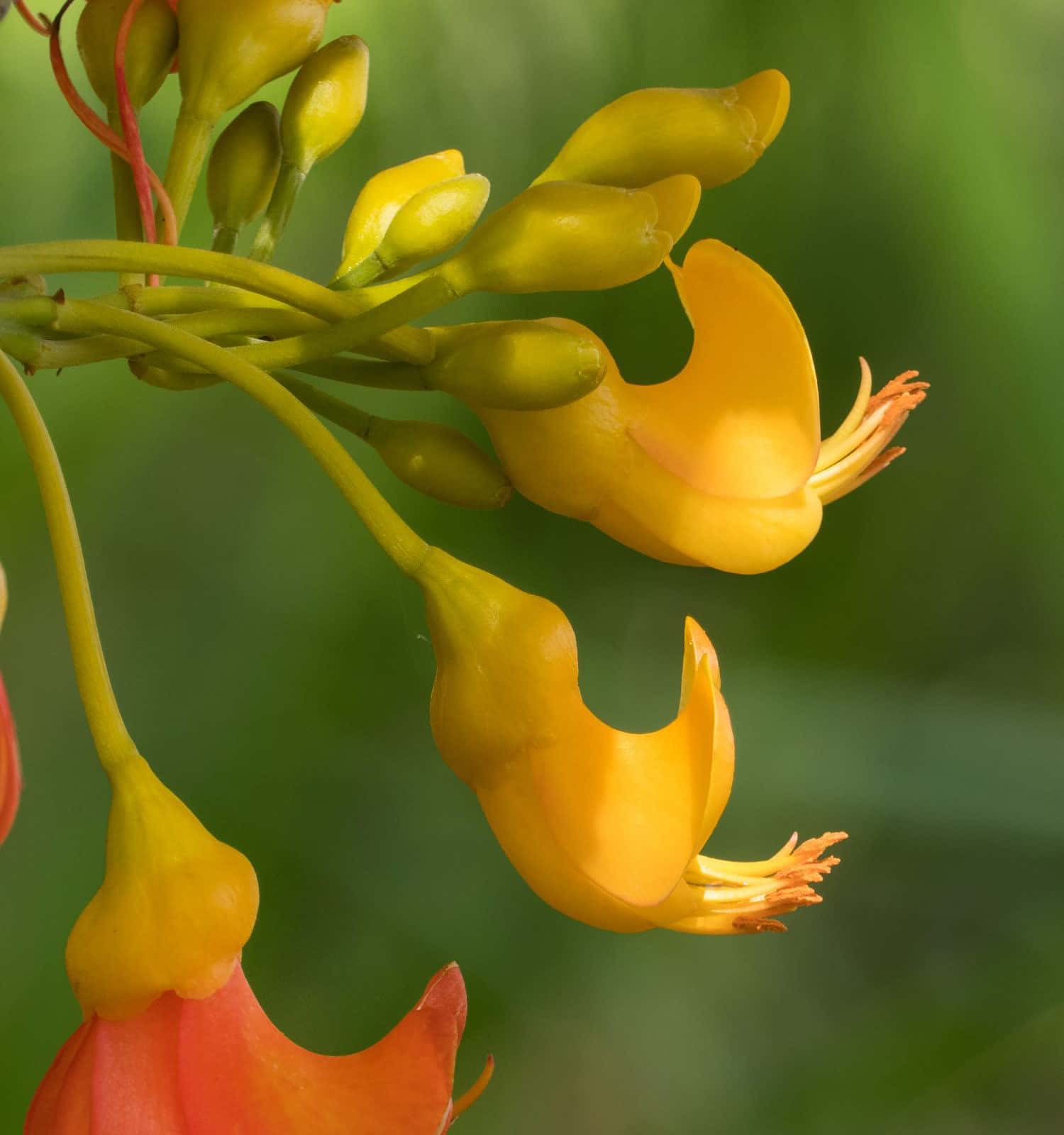
Black Bean trees have specific alkaloids with anti-HIV and anti-cancer properties.
©Connie Pinson/Shutterstock.com
The Black Bean tree is native to coastal rainforests and beaches of Australia. The genus name for the Black Bean tree is Castanospermum australe. This tree produces pea-shaped orange and red flowers. If the seeds of this tree are consumed, it can cause diarrhea, vomiting, abdominal pain, and dizziness. The sawdust of this tree causes dermatitis, nasal irritation, and eczema.
6. Strychnine Tree
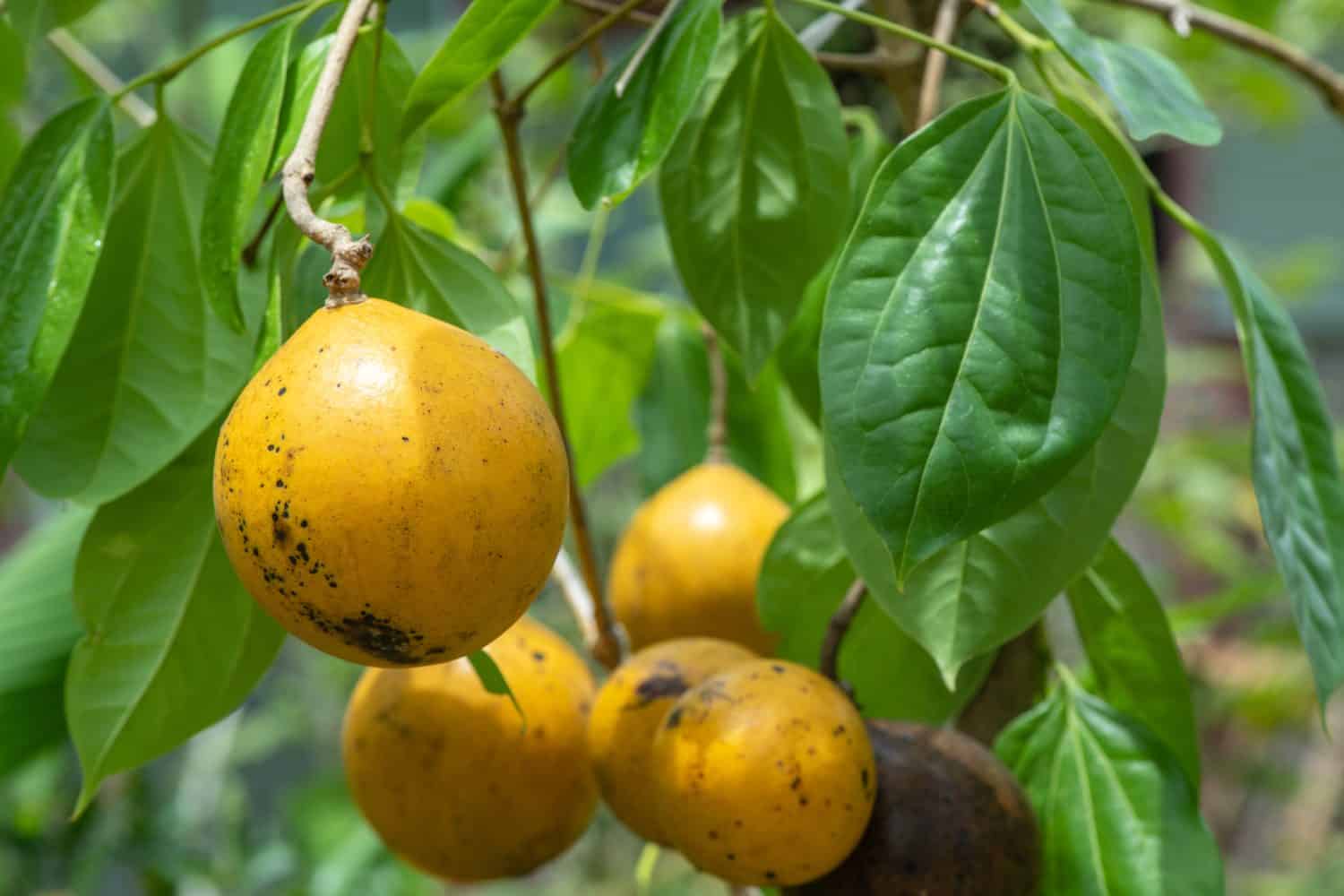
The Strychnine tree properties are medically dosed to promote appetite and aid with digestion.
©pisitpong2017/Shutterstock.com
The Strychnine tree is medium-sized and native to Southeast Asia and Australia. Strychnine trees contain alkaloids, strychnine, and brucine, which are highly poisonous. These alkaloids can harm the body’s nervous system, causing convulsions, paralysis, and even death. Although this tree is a standing death wish, it has useful purposes. The properties of this tree are beneficial in herbal and homeopathic medicines.
7. Angels Trumpet

Angels Trumpets is a medium-sized tree that produces red, white, pink, or orange flowers.
©Tito Rollis/Shutterstock.com
The Angels Trumpet does not sound very intimidating; however, it packs quite a punch. Like other Australian plants, Angels Trumpet has alkaloids hyoscyamine and scopolamine. These alkaloids cause diarrhea, confusion, migraines, paralysis, and death. You can also have symptoms by inhaling and touching it. Reports have shown that individuals can experience asthma-like symptoms and even blindness.
8. Oleander
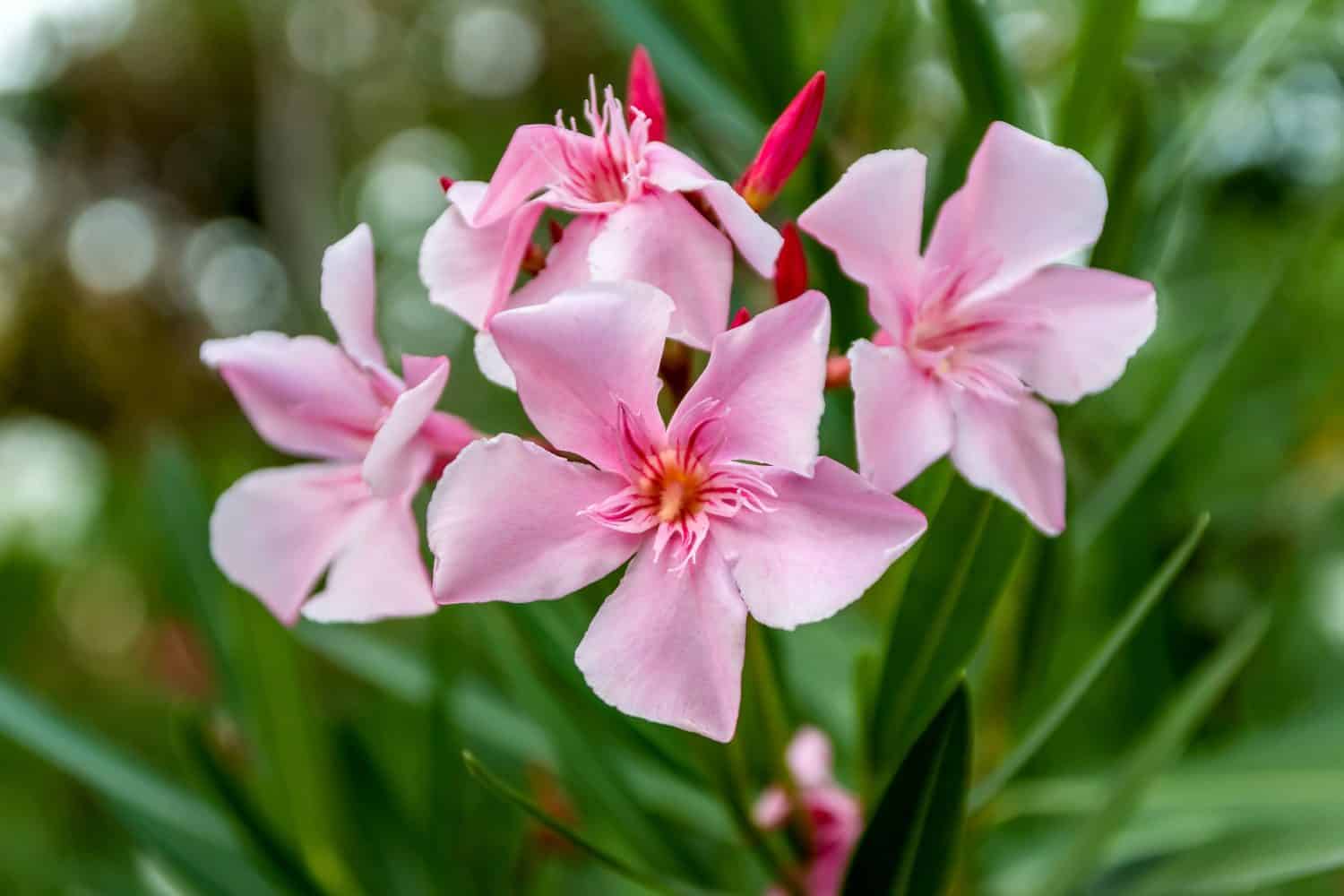
The Oldeander has its name because it resembles the Olive Olea.
©Dmitrii Brodovoi/Shutterstock.com
The Oleander is an evergreen shrub reaching up to 26 feet tall. Oleander shrubs can cause dermatitis if touched. Death, vomiting, diarrhea, dizziness, and convulsions can occur if consumed. If, for some odd reason, this shrub is burning, get away as far as you can because you can go into severe respiratory distress. So much for smelling the flowers!
9. Milky Mangrove

The Milky Mangrove is useful for incense and leprosy treatment.
©Daily Stocker/Shutterstock.com
The Milky Mangrove has a milky sap that exudes from its branches and leaves when broken. The sap is toxic and can cause temporary blindness; hence the nickname “Blind your eye mangrove.” Aside from blindness, this mangrove can also cause skin blisters and dermatitis. Milky Mangroves can be found in Western Australia, Queensland, New South Wales, Asia, and the Pacific Islands. Milky Mangroves have heart-shaped leaves and bear white berry clusters.
10. Spurge

The Spurge plant appeared in Western Australia about 70 years ago!
©Joshua Boman/Shutterstock.com
There are about 2,000 species of Spurges in the Euphorbia genus. The sap of this perennial is called Latex and causes inflammation to the eyes, nose, and mouth. Ensure to wash your hands thoroughly if you have touched this plant because it can cause blindness. Spurges are native to Europe and can grow up to 70 centimeters tall.
11. Gympie Gympie
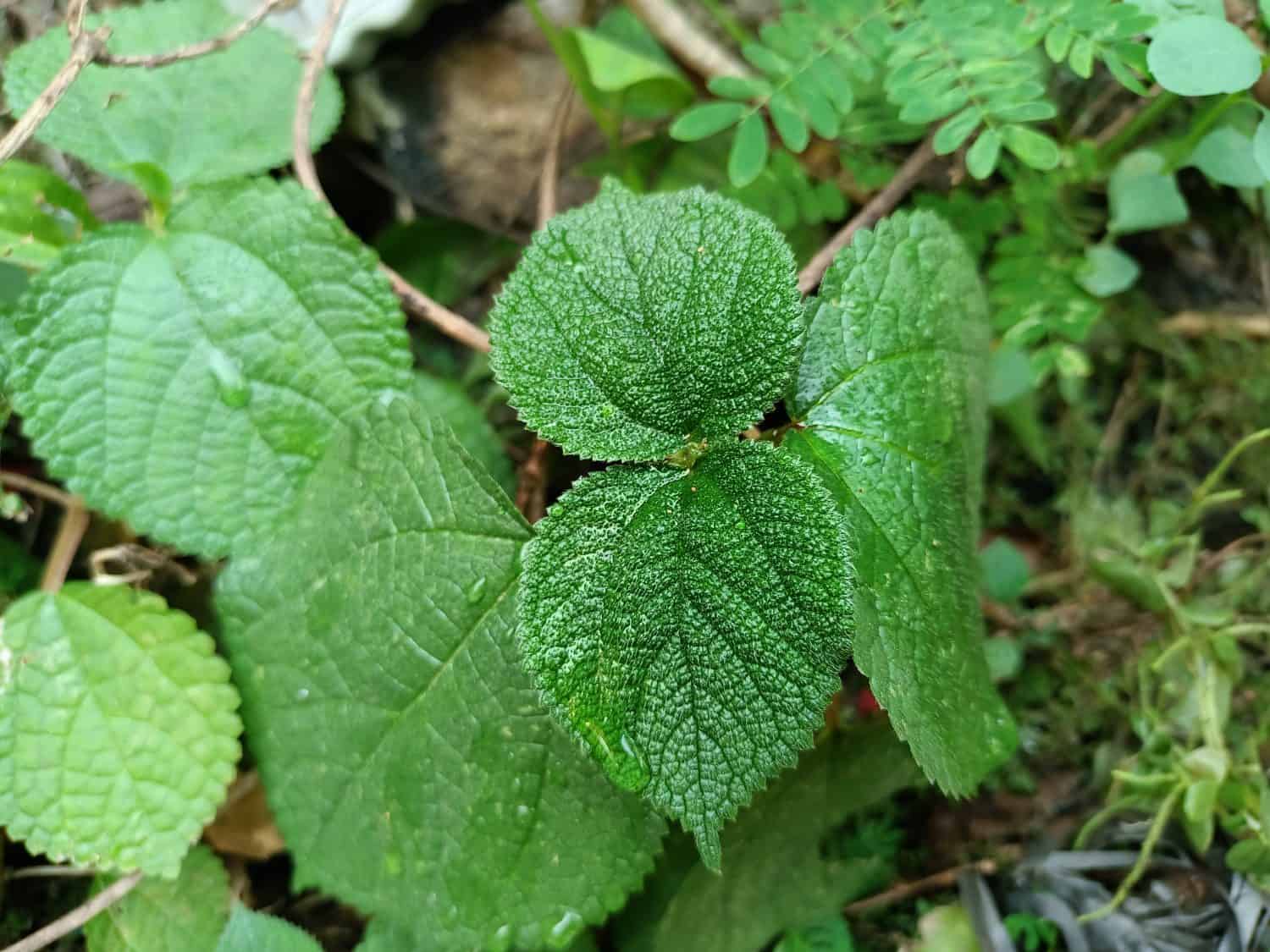
Gympie Gympie plants can grow up to 33 feet tall.
©GMY Timezone/Shutterstock.com
The Gympie Gympie is known as the suicide plant since it causes this intense and painful sting if touched. This plant has tiny stingers that make the plant appear fuzzy and burrow into the skin. The neurotoxin this plant consumes is inside of its tiny stingers.
Conclusion
Australia is one of many places on Earth with dangerous plants to avoid. If you are ever unsure of a plant, research the plant for identity and if it is safe to touch. No matter how severe the symptoms are from a plant, always visit the doctor to be safe, especially since most of these plants can cause death. Instead of stopping to smell the flowers in Australia, I would recommend observing them from far away!
| Dangerous Plants to Avoid In Australia |
|---|
| 1. Deadly Nightshade |
| 2. Castrol Oil Plant |
| 3. Coral Tree |
| 4. Rhus Tree |
| 5. Black Bean |
| 6. Strychnine Tree |
| 7. Angels Trumpet |
| 8. Oleander |
| 9. Milky Mangrove |
| 10. Spurge |
| 11. Gympie Gympie |
The photo featured at the top of this post is © Simon Groewe/Shutterstock.com
Thank you for reading! Have some feedback for us? Contact the AZ Animals editorial team.







